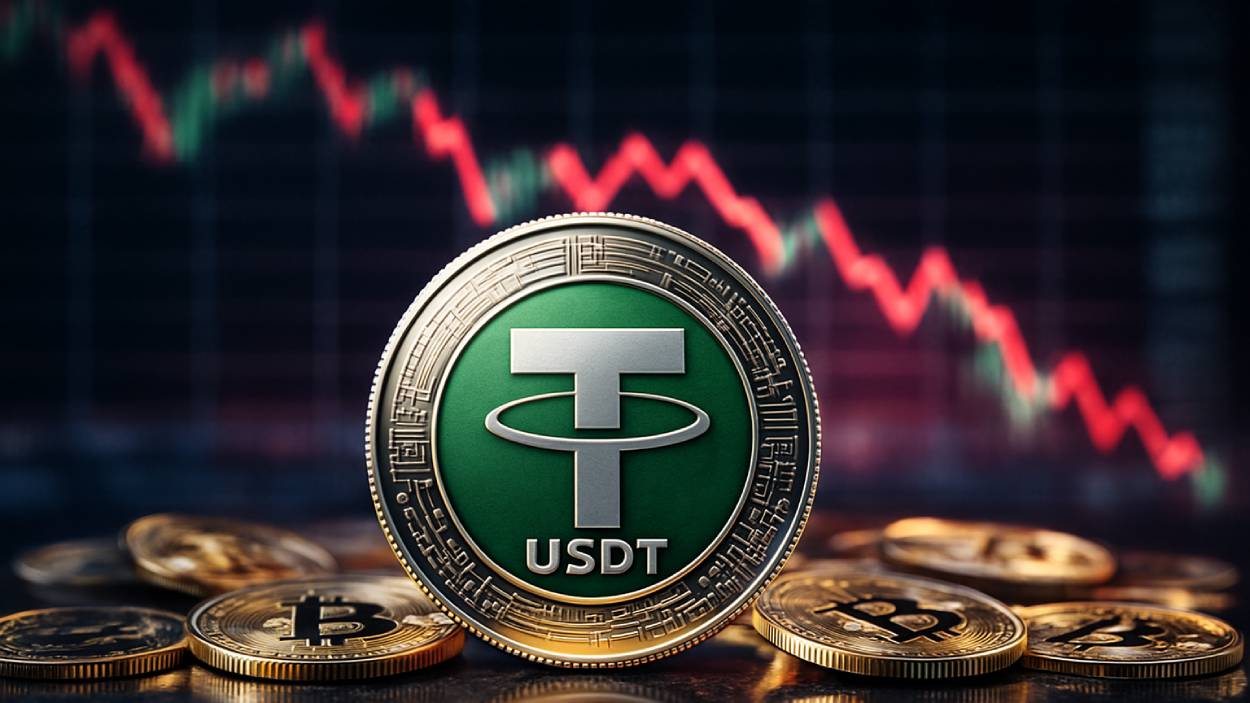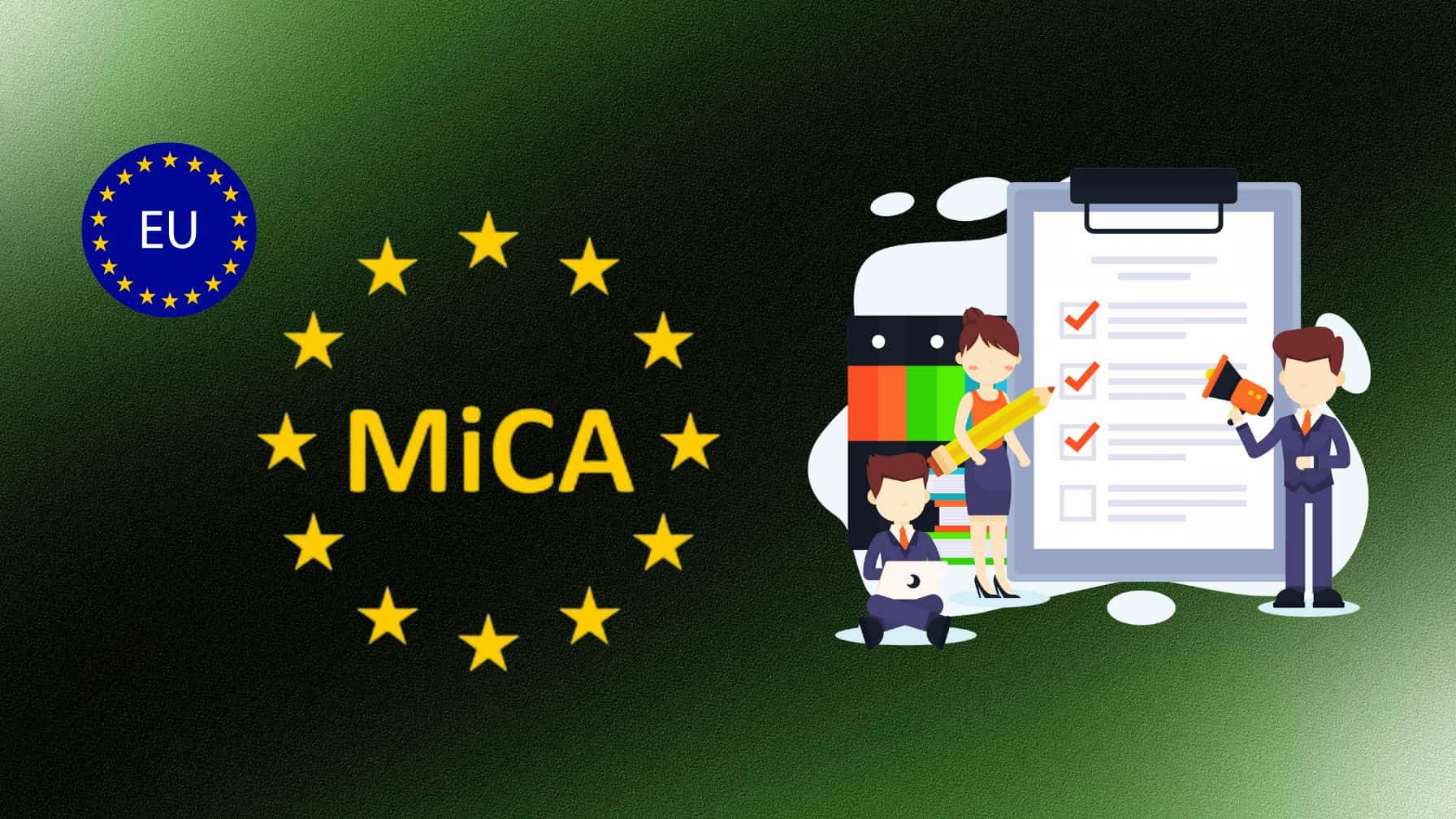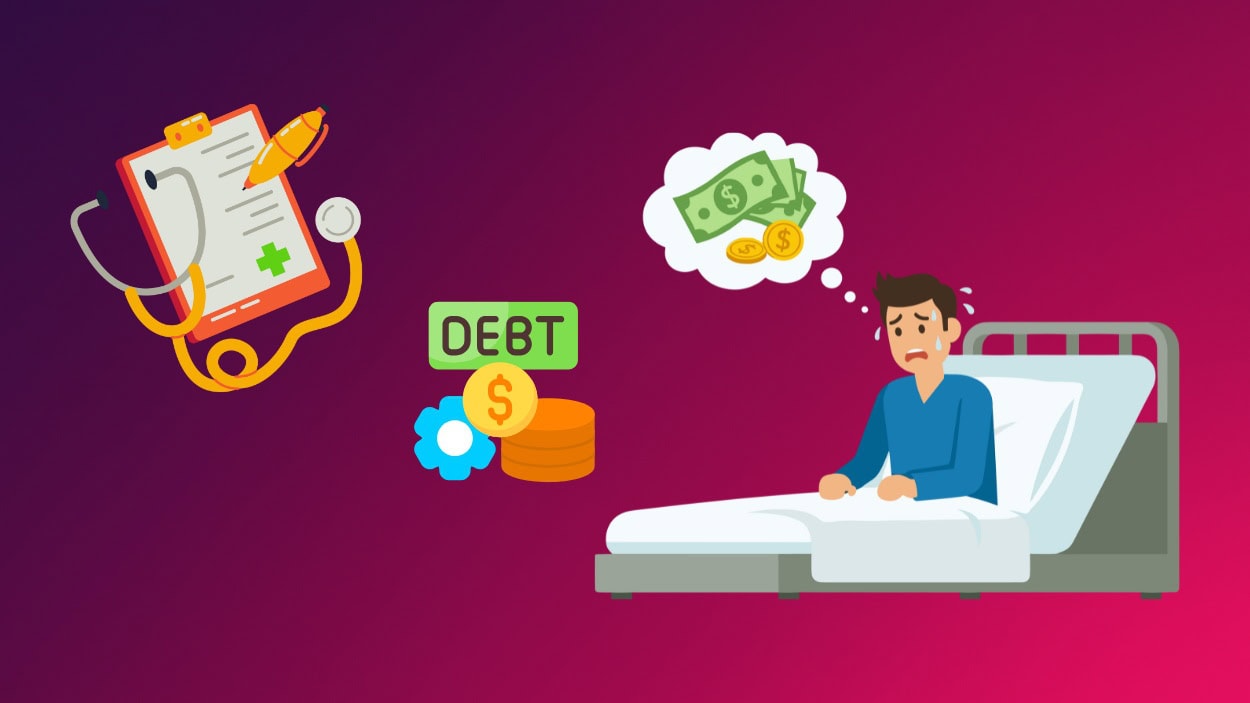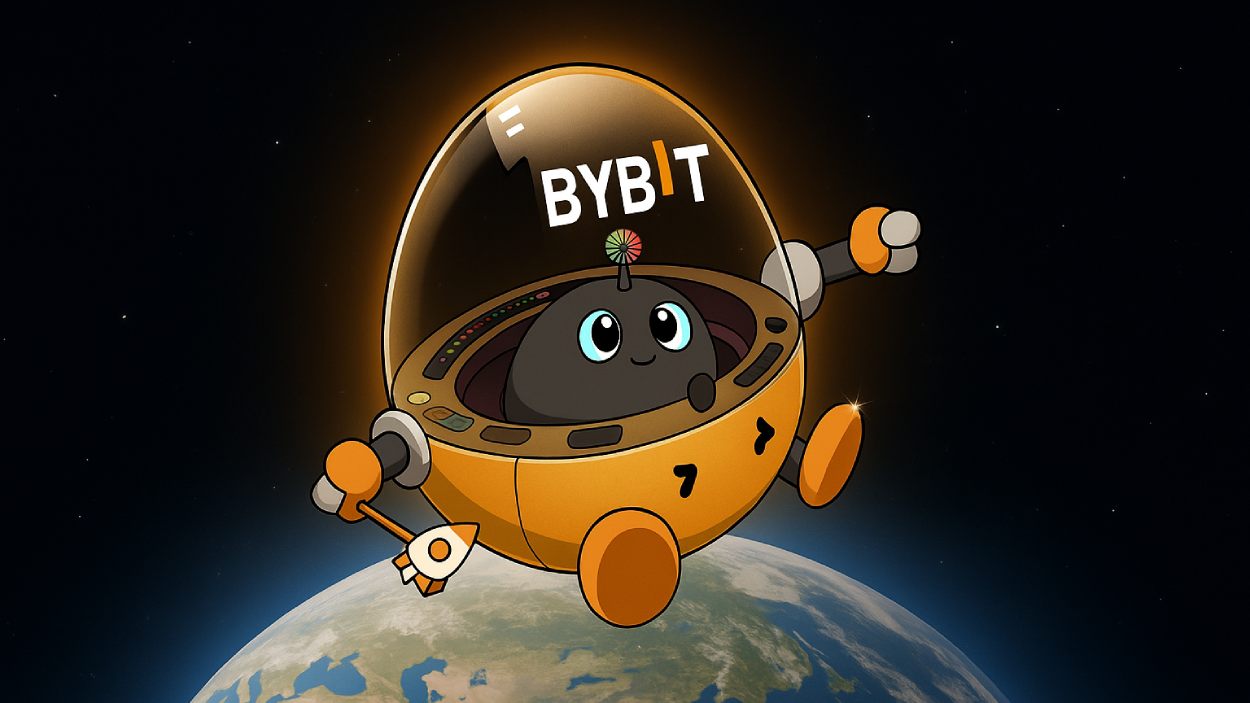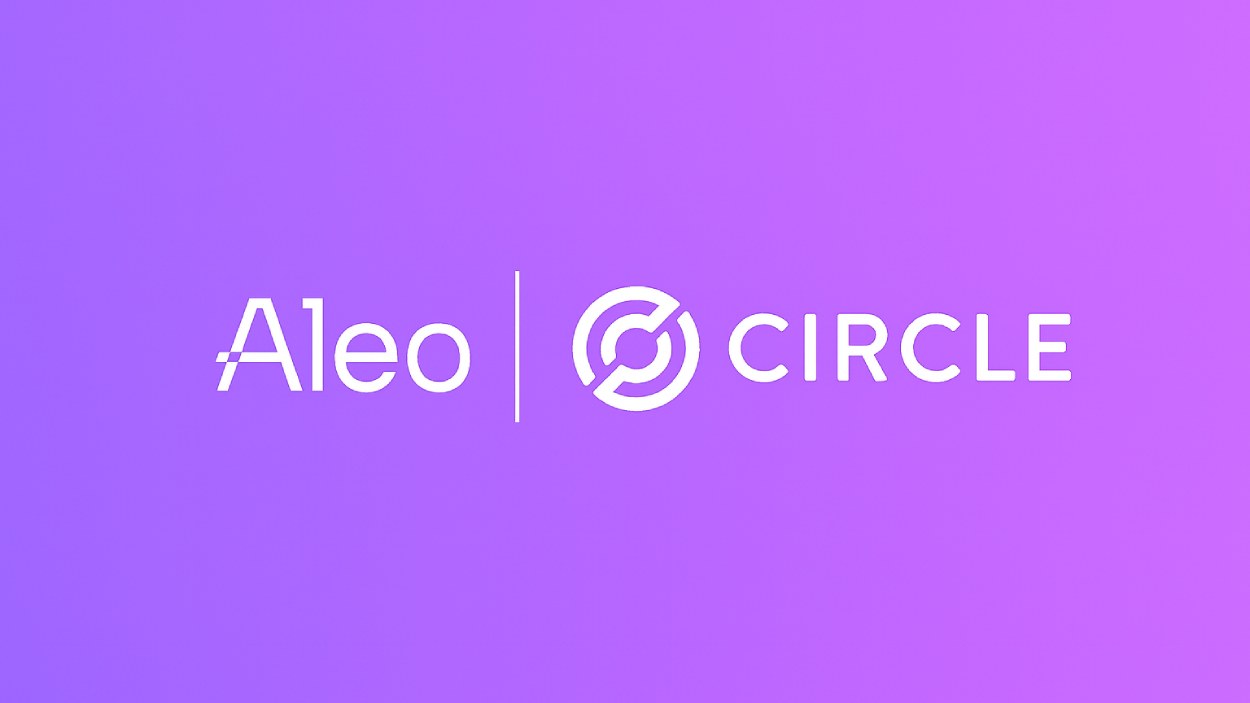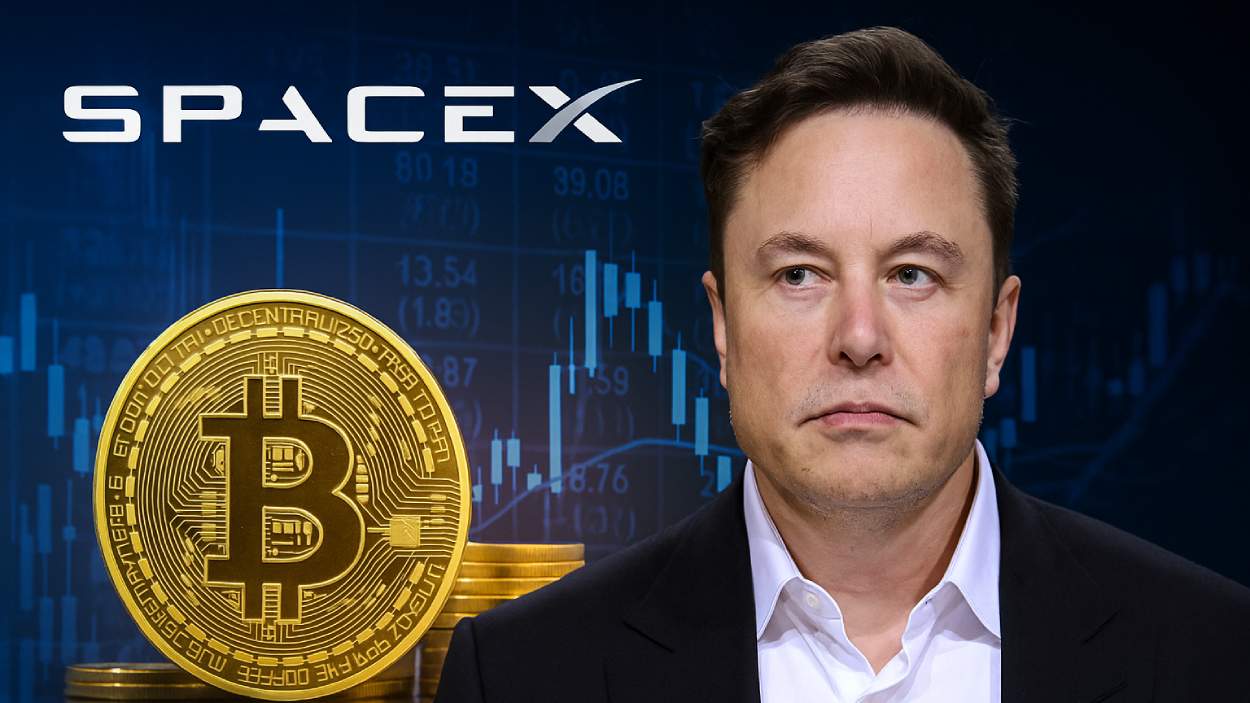S&P Global Ratings has downgraded Tether’s USDT stablecoin to its lowest stability score, citing growing exposure to volatile assets like Bitcoin and a lack of reserve transparency.
Key Takeaways
- S&P Global Ratings lowered USDT’s stability score from 4 (“constrained”) to 5 (“weak”), the lowest possible rating.
- Bitcoin now makes up 5.6% of Tether’s reserves, exceeding the token’s 3.9% overcollateralization margin.
- S&P raised concerns about transparency, regulatory weaknesses, and reserve composition, including secured loans and corporate bonds.
- Tether disputed the downgrade, saying it ignores USDT’s performance, utility, and transparency improvements.
What Happened?
S&P Global has issued a downgrade of Tether’s USDT, the world’s largest stablecoin, reducing its stability score to “weak” due to rising exposure to high-risk assets and persistent concerns about reserve disclosures. This is the lowest rating on S&P’s stablecoin stability scale, reflecting growing concerns that USDT could become undercollateralized in the event of a market downturn.
Tether, “The Stable Company” just saw S&P cut its assessment rating from 4 to 5 – the lowest rating possible – citing persistent gaps in disclosure and high risk assets being held in its reserves.
— Novacula Occami (@OccamiCrypto) November 26, 2025
Only in crypto would the bedrock stablecoin of crypto trading be viewed as so… pic.twitter.com/fYIplOCMS6
S&P Flags Growing Risks in Tether’s Reserves
In its latest review, S&P analysts emphasized that USDT’s Bitcoin holdings have grown to 5.6% of its total reserves, surpassing the 3.9% margin used to overcollateralize the token. That raises a red flag: a sharp drop in Bitcoin’s price could put the stablecoin’s full dollar backing at risk.
The report also highlighted several other assets in USDT’s reserves that carry market or credit risk, such as:
- Gold
- Secured loans
- Corporate bonds
- Other unspecified investments
According to S&P, these high-risk assets made up 24% of USDT’s reserves as of September 30, 2025, a significant increase from 17% a year earlier.
S&P also cited structural concerns including:
- Limited transparency on reserve management.
- No asset segregation to protect users if Tether becomes insolvent.
- Unclear credit quality of custodians and counterparties.
- Lack of a robust regulatory framework for stablecoins.
Tether Pushes Back on Downgrade
Tether issued a strong rebuttal to S&P’s report, arguing that the agency’s methodology is outdated and fails to account for the digital nature of USDT.
In a statement, the company said:
Tether claimed the report overlooks its ongoing transparency efforts, growing global adoption, and resilient performance, including the fact that USDT has maintained its 1:1 peg to the US dollar despite market volatility.
to S&P regarding your Tether rating:
— Paolo Ardoino 🤖 (@paoloardoino) November 26, 2025
We wear your loathing with pride.
The classical rating models built for legacy financial institutions, historically led private and institutional investors to invest their wealth into companies that despite being attributed investment grade…
Market Impact and Regulatory Backdrop
Despite the downgrade, USDT’s market capitalization has grown, reaching over $184 billion in November. Tether remains the dominant stablecoin, controlling over 70% of the market, significantly ahead of Circle’s USDC, which holds around $75 billion in market cap.
However, the downgrade comes as regulatory scrutiny intensifies. The GENIUS Act, passed in the U.S. earlier this year, mandates that stablecoins be backed 1:1 by liquid, low-risk assets like U.S. Treasuries and money market funds. As of Tether’s latest attestation, U.S. Treasuries and cash-like assets make up 77% of its reserves, but secured loans still account for 8%, valued at over $14 billion, raising questions about compliance.
CoinLaw’s Takeaway
In my experience watching stablecoin markets evolve, this downgrade is a big deal. Not because Tether is about to collapse, but because it shines a light on how much trust we’re placing in private issuers. Tether might continue to function fine in the short term, but exposure to risky assets like Bitcoin undermines the whole idea of “stability.” I found it especially concerning that Tether has not fully phased out secured loans, despite previous promises. This kind of inconsistency is why investors and regulators keep raising eyebrows. If stablecoins are going to play a bigger role in global finance, they need crystal clear reserves and stronger oversight.

